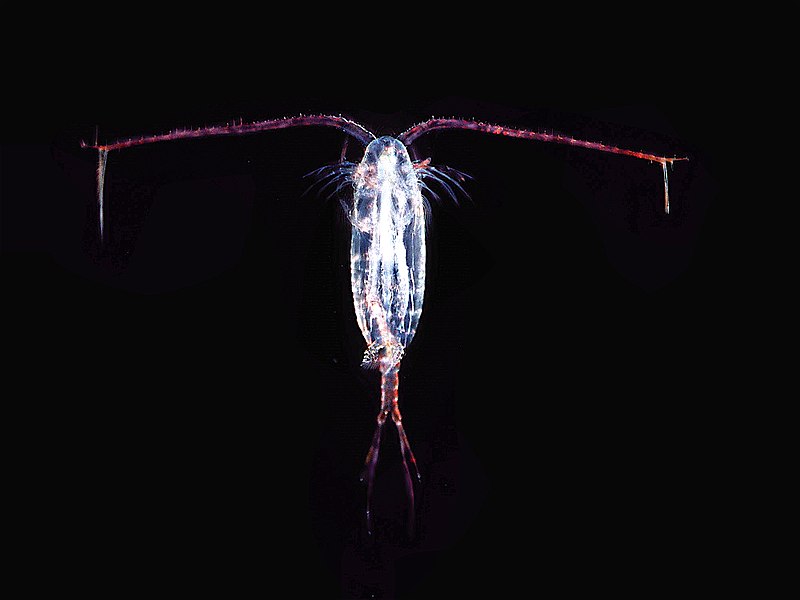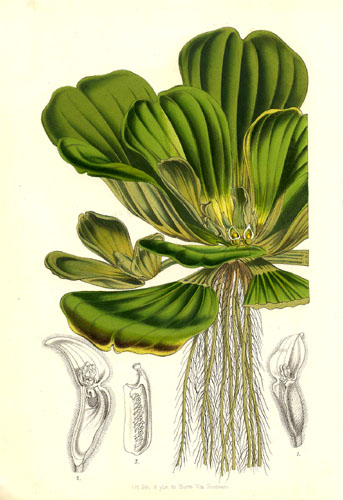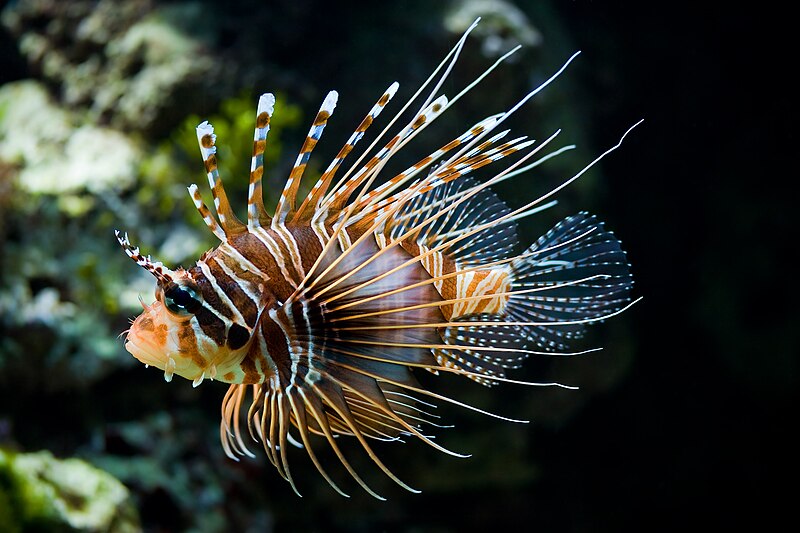Karen Silkwood was originally the perfect employee for a dishonest company. She was not an active member of the union and she simply showed up to do her job and left. One day she saw that a “hot” truck was being cut up and buried in the ground instead of being properly disposed of as nuclear waste. Then one of Karen’s coworkers got “cooked” and Karen began to worry about getting cancer. When she wanted to leave to see her children for the weekend there was somehow a contamination in their station. All her coworkers and her boss were suspicious it was her that caused the contamination. Shortly after that she was “cooked” herself. It was not her, but she got moved to the creepy film station where she saw the sexually forward boss man filling in gaps in the film with a sharpie. She read into her union packet and became active. She started to catalogue everything that was happening around her and she was contaminated a second time. She was told to bring more urine samples to ensure that she was not internally infected. Then one day, someone who did not want Karen to cause the plant to shut down slipped something into her urine testing kit. She was internally infected. She went to the doctor and he told her she was going to be fine, but there were some traces of internal contamination. The company attempted to buy her off, but she refused them and continued to search for illegal actions that were taking place within the plant. On her way home from a meeting in town she was run off the road and was killed. This is a very rough synopsize of the Karen Silkwood movie, but it shows the potential for negative consequences that result from improper business practice in an environmentally delicate situation. After watching this movie, I see the danger that comes when corners are cut to preserve money. The company appeared to be up to something and perhaps some more rigorous inspections and accident investigations would be prudent when dealing with massively harmful substances.
Tuesday, November 23, 2010
Hitchiti Experiment Forest Lab
This is the wild ginger plant.
Wild Ginger is an Asarum. The plant creeps across the ground like most ground coverers and tastes and smells similar to ginger.
This is a picture of decomposing leaf litter from the forest.
When leaves fall in a forest they pile up on one another making a thick layer of dead decomposing leaves. As the leaves trap water and organisms begin to make their homes in the decaying matter, the leaf litter turns into fertile soil that the next year’s seedlings will begin their lives in. The leaf litter soil is very fertile and makes a great place for a sapling to plant itself in.
This is a southern Pine Beetle
This is the damage done to a piece of bark by a Southern Pine Beetle :( They have the capacity to take out a forest of Pine Trees in a catastrophic event for the Pine Tree. The beetles bore into the wood and leave these small holes; the damage done will kill the tree. The Pines in close proximity to an infected Pine will most likely suffer the same fate as their neighbor.
Picture of Me Hugging a tree :)
This is me hugging a lovely tree. Today Anna and I need to cheer up so we hugged the pretty yellow in the middle of campus today J
Friday, November 12, 2010
Aquatic Critters
Phytoplankton

These are a type of phytoplankton that is a dinoflagellat. They are marine dwellers that have two tail like whips, which is where their names came from. Their scientific name was derived from the “Latin terms: dinos for rotation and flagellum for little whip. “
Info and photo from
Zooplankton
This is a zooplankton. It is also a marine animal that can live in both fresh and salt water. They are surrounded by an exoskeleton that is nearly transparent.
Aquatic Macrophyte
Pistia stratiotes
This is an aquatic macrophyte. It is a floating plant commonly known as water lettuce. They float on the top of the water and are not attached to the ground.
Fish
Pterois antennata
This is a fish commonly known as the clown fish. It has venom in its spin fins that is uses for protection. It is an amazing example of a unique saltwater fish.
Crustacean
European Lobster
This is a crustacean that is a Nephropidae, commonly known as a lobster. This is eaten daily and is delicious with butter. The live mostly on the ocean floor, but can swim as well as crawl.
Mammal
Adult blue whale
This is a marine mammal. Its scientific name is Balaenoptera musculus. It is the largest mammal ever known to exist.
Subscribe to:
Posts (Atom)








